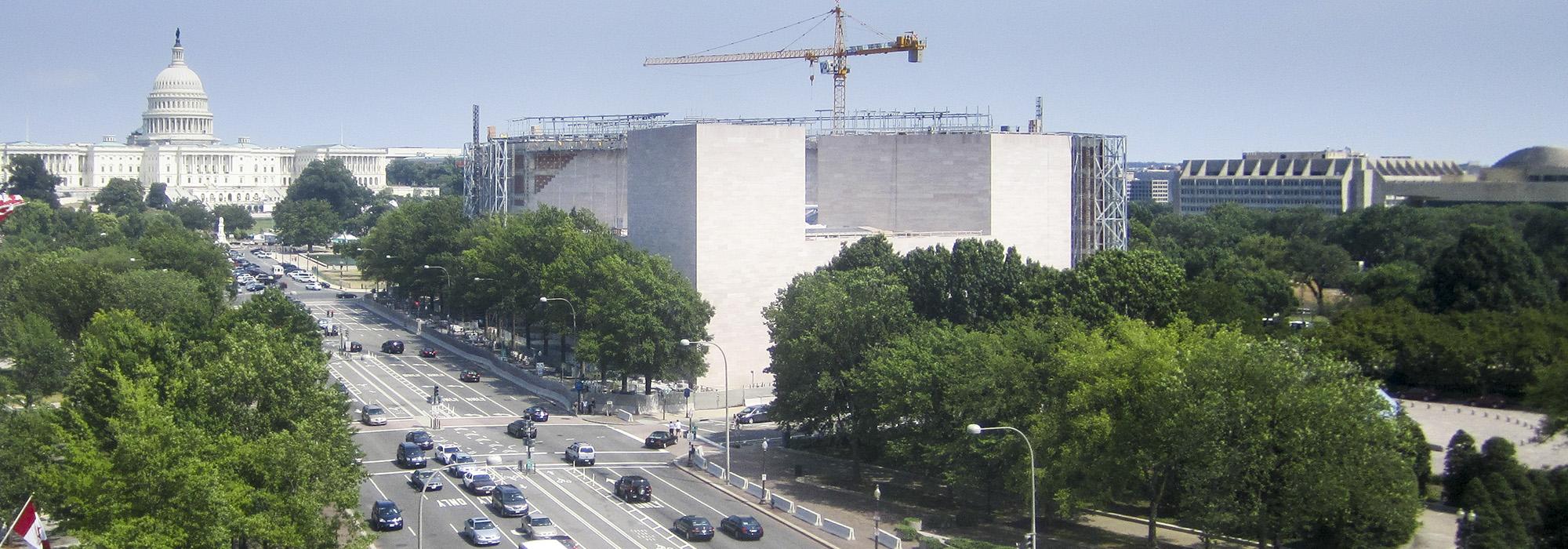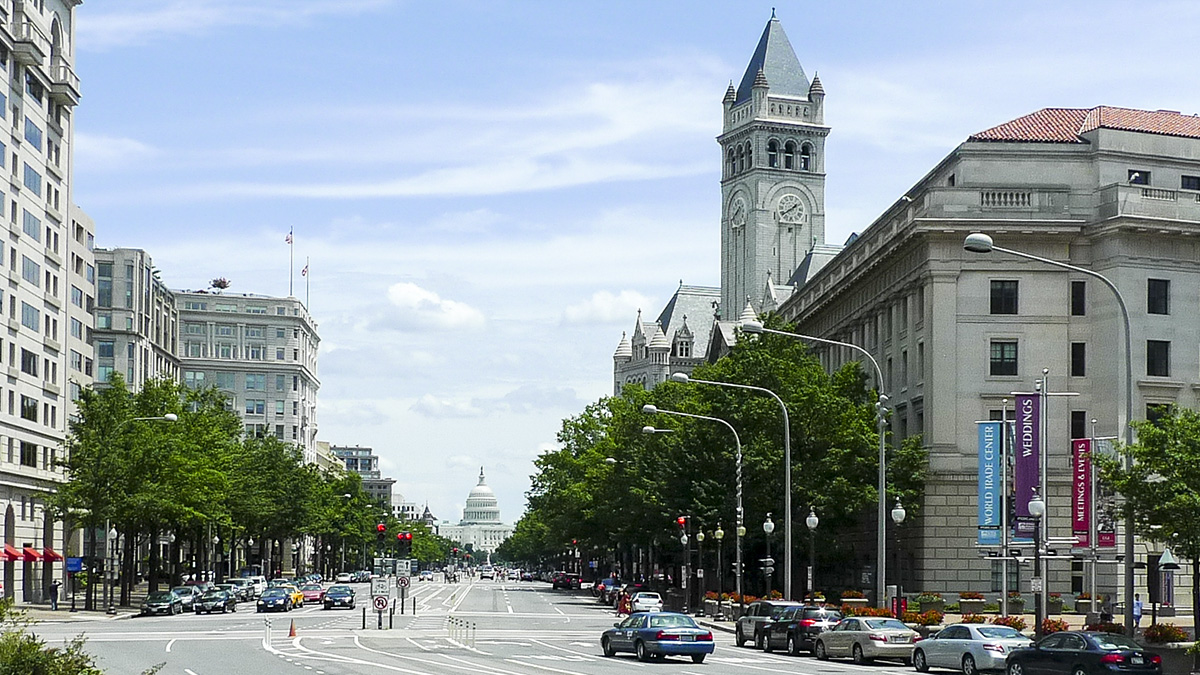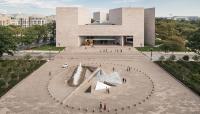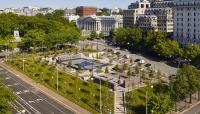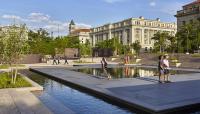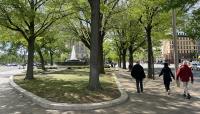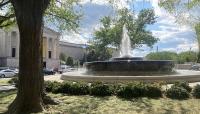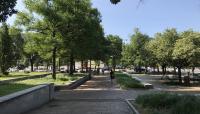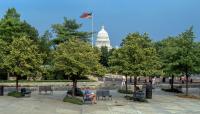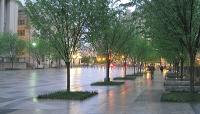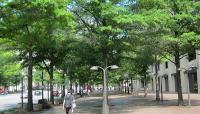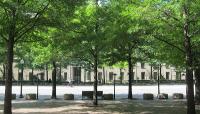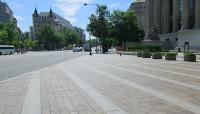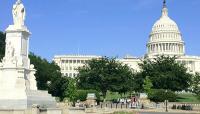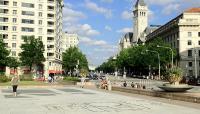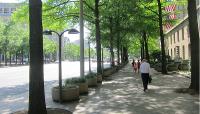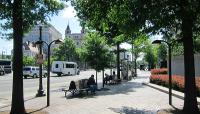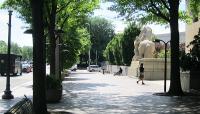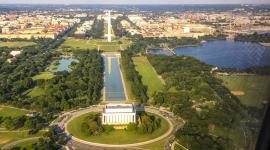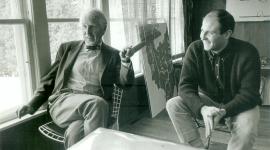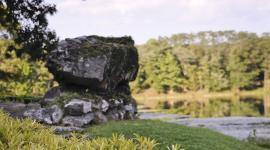Landscape Information
Part of the L’Enfant plan of 1791, the 1.2-mile avenue connects the White House and U.S. Capitol, signifying the link between the legislative and executive branches of government. It was designated an official processional route by Thomas Jefferson in 1803, who planted Lombardy poplars along its length. Recommendations made by the McMillan Commission in 1902 included the creation of the 70-acre Beaux Arts style Federal Triangle complex.
In 1961 John F. Kennedy created the President’s Commission on Pennsylvania Avenue. Members of the commission, including Nathaniel Owings, Dan Kiley, Daniel Patrick Moynihan, and Chloethiel Woodard Smith proposed simplifying intersections, building new public spaces, and opening up sight lines between the National Archives and National Portrait Gallery. The Pennsylvania Avenue Development Corporation led park and open space development in the 1980s, installing a unified streetscape that included brown-brick pavers, granite curbing, and French-inspired street furnishings with a design by Sasaki Associates. In 1995 the blocks adjacent to the White House were closed to vehicular traffic, with security infrastructure and a minimalist streetscape added by Michael Van Valkenburgh Associates in 2004 (after the events of September 11, 2001).
Today wide sidewalks are shaded by mature willow oaks planted in rows which vary from one to three trees in width. The roadway is 160 feet wide, 30 feet wider than the nineteen miles of avenue that extend beyond the Capitol. Adjacent public spaces include Pershing Park, Freedom Plaza, and John Marshall Park, with memorial statues placed along the route. The avenue was named a National Historic Site in 1966 and listed in the National Register of Historic Places in 1990.



